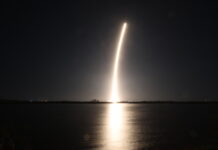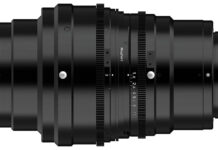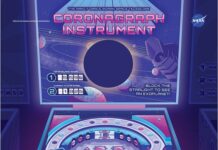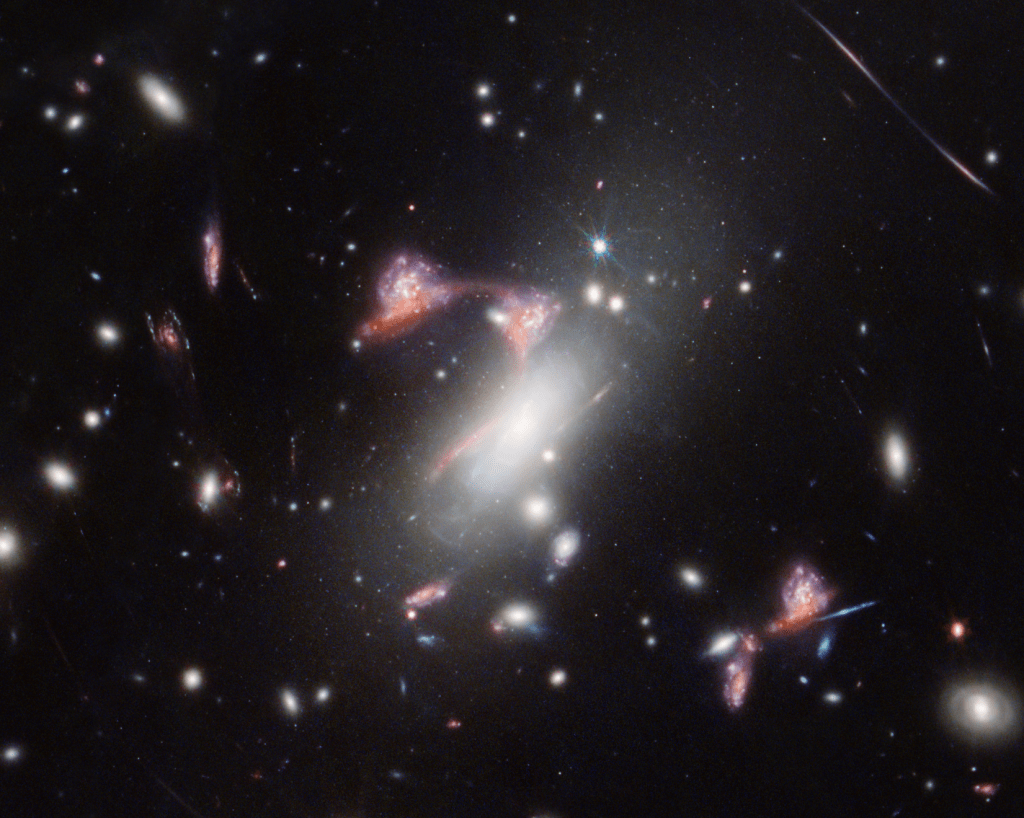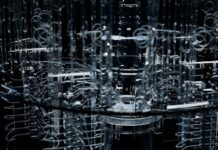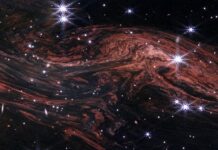Unveiling the Universe: Webb Telescope vs. Hubble Telescope – A Comparative Study
Introduction
Astronomy enthusiasts and experts alike have long been fascinated by the capabilities of space telescopes. Recently, a compelling comparison between the images captured by the James Webb Space Telescope (Webb) and the Hubble Space Telescope (Hubble) has surfaced, showcasing the remarkable advancements in space imaging technology. This side-by-side comparison of the "Question Mark Galaxy" vividly illustrates the leaps in clarity and detail that modern technology has achieved.
The Historic Hubble Space Telescope
Commissioned in 1990, the Hubble Space Telescope has been a cornerstone in the field of astronomy. Orbiting approximately 547 kilometers above the Earth, it has provided some of the most iconic images of the cosmos. Hubble’s contributions include revealing the age of the universe, discovering dark energy, and capturing the birth and death of stars. However, over three decades later, the limitations of its older technology are becoming more apparent, especially when juxtaposed with the latest advancements.
The Revolutionary James Webb Space Telescope
Launched in December 2021, the James Webb Space Telescope represents a significant upgrade from its predecessor. Situated nearly 1.5 million kilometers from Earth, Webb operates at the second Lagrange point (L2), a position that offers a stable environment for deep-space observation. Webb’s primary mirror, spanning 6.5 meters in diameter compared to Hubble’s 2.4 meters, allows it to collect more light, thereby producing higher resolution images.
Comparing Images: Hubble vs. Webb
The images in question capture the same region of space but reveal stark differences. Hubble’s image, labeled on the left, shows the galaxies with a yellow tone and a noticeable haze. The image, while groundbreaking at its time, lacks the sharpness and detail that modern technology can provide.
In contrast, Webb’s image, labeled on the right, offers a strikingly clearer and more colorful view. The central elongated red galaxy, forming a shape reminiscent of a question mark, is much more defined. The Webb image showcases shades of white, red, and blue, bringing out details that were previously obscured.
Technical Jargon Explained
For those unfamiliar with astronomical terms, here are a few key concepts:
- Lagrange Point (L2): A position in space where the gravitational forces of the Earth and the Sun, along with the orbital motion of a satellite, balance each other. This allows the telescope to stay in a stable position relative to Earth and the Sun.
- Primary Mirror: The main mirror in a telescope that gathers light from distant objects and focuses it to create an image. A larger primary mirror can collect more light, resulting in clearer and more detailed images.
- Resolution: The ability of a telescope to distinguish between two closely spaced objects. Higher resolution means more detailed images.
The Impact of Webb’s Advances
The James Webb Space Telescope is designed to look further back in time, capturing images from the early universe shortly after the Big Bang. Its advanced infrared capabilities allow it to see through cosmic dust clouds that often obscure celestial objects in visible light. This makes Webb an invaluable tool for studying the formation of stars, galaxies, and planetary systems.
Good to Know Information
- Infrared Imaging: Unlike Hubble, which primarily captures images in visible light, Webb uses infrared imaging. This allows it to penetrate through dust clouds and observe objects that are too faint or too far for Hubble to detect.
- Gold-Coated Mirrors: Webb’s mirrors are coated with a thin layer of gold, optimizing them for reflecting infrared light. This enhances the telescope’s sensitivity to faint infrared signals.
- Sunshield: Webb is equipped with a tennis-court-sized sunshield that protects its instruments from the heat of the Sun, Earth, and Moon, ensuring they remain at the necessary low temperatures for optimal performance.
Reactions and Reviews
The scientific community has been overwhelmingly positive about the capabilities of the James Webb Space Telescope. Dr. Jane Rigby, an astrophysicist at NASA, stated, "Webb is opening up an entirely new window on the universe. The level of detail and the range of phenomena we can study now is unprecedented."
Astronomy forums and social media platforms are abuzz with excitement. Amateur astronomers and professionals alike are sharing their awe at the clarity and detail of Webb’s images. The potential discoveries and insights that will arise from this advanced technology have ignited imaginations and renewed interest in space exploration.
Conclusion
The comparison between the Hubble and Webb images underscores the rapid advancement in space telescope technology. While Hubble has provided invaluable insights and iconic images over the past three decades, the James Webb Space Telescope promises to push the boundaries of our understanding even further.
As Webb continues its mission, we can expect to uncover more secrets of the universe, from the birth of stars and galaxies to the potential for life on distant exoplanets. For astronomy enthusiasts, researchers, and the general public, the future looks promising and full of discovery.
Stay tuned to our tech blog for more updates on the latest advancements in space technology and other exciting developments in the world of science and technology.
For more Information, Refer to this article.

















